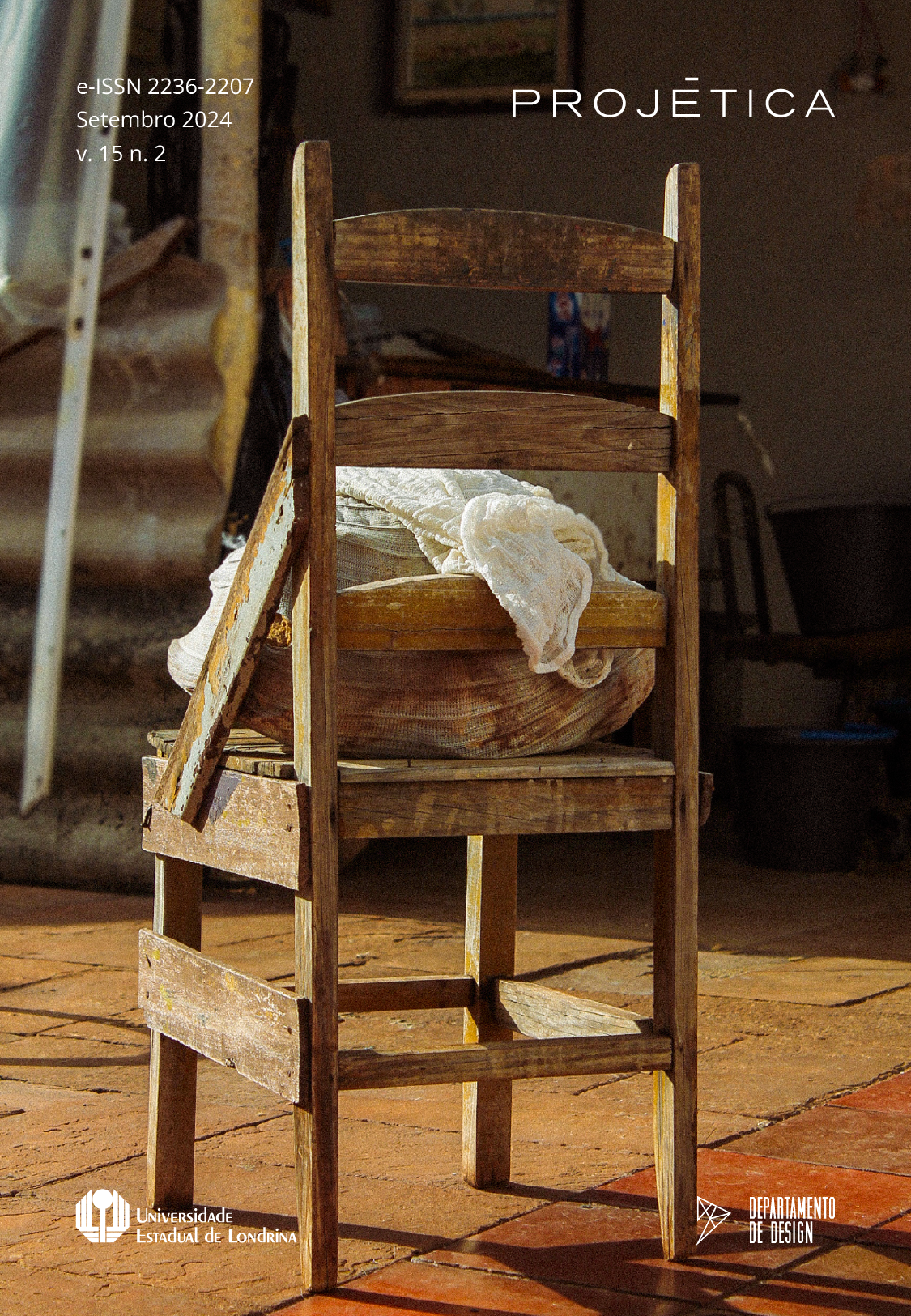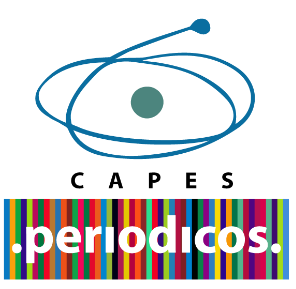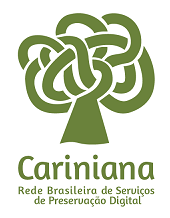Design to boost the creation of ADHD apps
DOI:
https://doi.org/10.5433/2236-2207.2024.v15.n2.50089Keywords:
Visual Communication, Digital Design, Inclusive Design, Education, ADHDAbstract
This study was based on interdisciplinary research with the theme, the Service Project for People with Attention Deficit Hyperactivity Disorder (ADHD). This paper aims to present guidelines in the light of design methods and techniques, for the construction of specific educational applications needed by students with ADHD. The study was developed along the lines of an exploratory research of a qualitative nature in relation to the treatment of data collected in the empiric. An analysis and data collection were based on information from experts, gathered in an intentional sample, about the behavior and the learning process of the student with ADHD. As a result of the research, an Interface Analysis Guide for ADHD - GADI-ADHD was created, which provides a summary of the guidelines to boost the creation of applications for people with ADHD. These guidelines that supported GADI-ADHD will be presented in this paper in its entirety with examples and incorporate three dimensions of interaction design - form, content and behavior.
Downloads
References
LEME, Luciana. O olhar atento. O design a serviço de pessoas com Transtorno do Déficit de Atenção e Hiperatividade. 2020. 115f. Dissertação (Mestrado em Design) – Departamento de Artes & Design, Pontifícia Universidade Católica do Rio de Janeiro, Rio de Janeiro, 2020.
LEME, Luciana; PORTUGAL, Cristina; COUTO, Rita Maria de Souza. O olhar atento: design a serviço de pessoas com TDAH. In: CONGRESSO INTERNACIONAL DE DESIGN DA INFORMAÇÃO – CIDI, 9., 2019, Belo Horizonte, MG. Anais [...]. São Paulo: Blucher, 2019. p. 1669-1677. DOI: https://doi.org/10.5151/9cidi-congic-4.0149
LYNCH, Patrick J.; HORTON, Sarah. Web style guide. 4th ed. New Haven: Yale University Press, 2016. Disponível em: https://webstyleguide.com/. Acesso em: 7 jan. 2021.
PERNICE, Kara F. Shaped pattern of reading on the web: misunderstood, but still relevant (even on mobile). 2017. Disponível em: https://www.nngroup.com/articles/f-shaped-pattern-reading-web-content/?utm_source=blog&utm_campaign=rc_blogpost. Acesso em: 10 mar. 2024.
PORTUGAL, Cristina. Design como interface de comunicação para ambientes de aprendizado mediados pela internet. 2004. Dissertação (Mestrado em Design) - Pontifícia Universidade Católica do Rio de Janeiro, Rio de Janeiro, RJ, 2004.
PORTUGAL, Cristina. Design e tecnologia. 2023. Disponível em: http://dxtdigital.com.br/dxt/index.html. Acesso em: 10 mar. 2024.
PORTUGAL, Cristina. Design, Educação e tecnologia. Rio de Janeiro: Rio Books, 2013.
PREECE, Jennifer; RODGERS, Yvonne; SHARP, Helen; GASPARINI, Isabela; PIMENTA, Marcelo. Design de interação: além da interação homemcomputador. Porto Alegre: Bookman, 2005.
RELLO, Luiz; BAEZA-YATES, Ricardo. Good fonts for dyslexia. ASSETS, Bellevue, Washington, USA, 2013. Disponível em: http://dyslexiahelp.umich.edu/sites/default/files/good_fonts_for_dyslexia_study.pdf. Acesso em: 8 dez. 2019. DOI: https://doi.org/10.1145/2513383.2513447
SINNARI, Doaa. Guidelines to assist building effective educational applications and e-games for children with ADHD. Thesis (PhD) (Doctor of Philosophy) - University of Surrey, Guildford, 2018.
Downloads
Published
How to Cite
Issue
Section
License
Copyright (c) 2024 Luciana Carvalho Leme de Almeida, Cristina Portugal, Márcio James Soares Guimarães

This work is licensed under a Creative Commons Attribution 4.0 International License.
Projética está licenciada sob a Creative Commons Attribution CC-BY 4.0 International. Os autores detém os direitos autorais e concedem à revista o direito de exclusividade de primeira publicação.
Os autores dos trabalhos aprovados autorizam Projética a, após a publicação, ceder seu conteúdo para reprodução em indexadores de conteúdo, bibliotecas virtuais e similares.
Os autores assumem que os textos submetidos à publicação são de sua criação original, responsabilizando-se inteiramente por seu conteúdo em caso de eventual impugnação por parte de terceiros. As opiniões emitidas pelos autores dos artigos são de sua exclusiva responsabilidade.
A revista se reserva o direito de efetuar, nos originais, alterações de ordem normativa, ortográfica e gramatical, com vistas a manter o padrão culto da língua e a credibilidade do veículo. Respeitará, no entanto, o estilo de escrever dos autores. Alterações, correções ou sugestões de ordem conceitual serão encaminhadas aos autores, quando necessário. Nesses casos, os artigos, depois de adequados, deverão ser submetidos a nova apreciação. As provas finais não serão encaminhadas aos autores.











